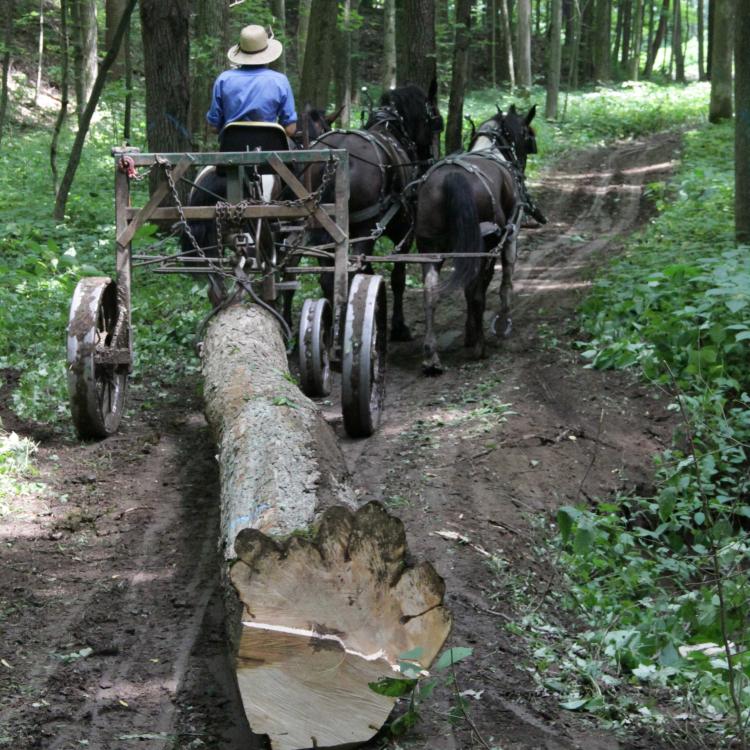Several resources can help land owners manage their land after it has been logged.
Paul Cira, Midwest Electric
Q. Hi, Chip: I live in Bath Township, Allen County, Ohio, and recently purchased a few acres of woodland behind my house. I was hoping you could point me in the right direction concerning a few questions. Several years ago, there was an article in Ohio Cooperative Living magazine describing how people who own five or more acres of land could get advice/help on how to improve the health of that land. Do you know who I would contact for that advice? Our local OSU Extension Office? The previous owner of the land logged the woods a few years ago, and now that the sun is hitting the ground, there are briar patches and brush growing in those areas. I am looking for advice on whether or not I should clear that, and if so how — chemicals or mechanical? I’m also seeking general advice on how to improve the health of the land.
A. I’m glad to help, Paul. You first need to decide how you want to manage your woodland: for wildlife habitat, timber production, or a combination of the two; or perhaps a specialty purpose, such as maple syrup production. My wife and I have owned a small woodlot (12 acres) in north-central Ohio (Morrow County) for 45 years, have managed it for a combination of wildlife and timber production, and have been very pleased with the results, both esthetically and economically.
That said, I would suggest you contact any or all of the first three agencies listed below for specific answers to your management questions as they pertain to your location:
· An ODNR, Division of Wildlife, Private Lands Wildlife Biologist (telephone: 1-800-WILDLIFE)
· An ODNR, Division of Forestry, Service Forester (https://ohiodnr.gov/wps/wcm/connect/gov/88ee5988-afe4-4f56-ae84-62d13aef52ab/State+Service+Forester+Directory_map+Sept+29.pdf?MOD=AJPERES&CONVERT_TO=url&CACHEID=ROOTWORKSPACE.Z18_M1HGGIK0N0JO00QO9DDDDM3000-88ee5988-afe4-4f56-ae84-62d13aef52ab-njrE9dP)
· An OSU Extension Specialist (https://extension.osu.edu/ask-an-expert)
· If you own at least 10 acres of woodland, you may qualify for the CAUV Program (Current Agricultural Use Value). If so, you would pay less taxes on your wooded acreage than you would on the remainder of your property. Contact your county auditor’s office about this.
Hope this helps, Paul. The good news is that the advice from all the agencies listed above is free of charge.
Q. Thank you very much, Chip, for the guidance/information, that helps a great deal. At this point, we would like to manage our woodland for wildlife habitat, and also plant a few trees to replace the ones that were logged.
A. Don’t be too quick to plant trees to replace the ones that were logged, Paul. Mother Nature may have already done that for you, saving you time and money. Give your woods a year or two and see what develops, especially in those areas where the sunshine is now striking the forest floor. I think you’ll be surprised at the rapid seedling growth.









